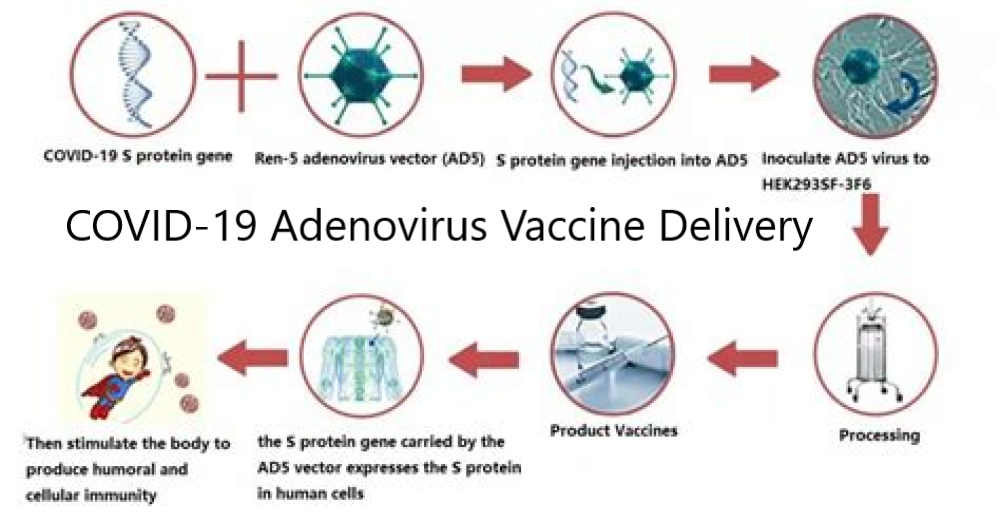Authors: Ryan Cross , Laura Howes , Megha Satyanarayana
ADENOVIRAL VECTORS
Viruses might be nature’s most efficient gene-delivery vehicles. At its essence, a virus is simply a package that shuttles genes into a host cell, which it then hijacks to make more viruses. About 4 decades ago, scientists started hijacking the viruses themselves in an attempt to make novel vaccines. The fruits of that labor have led to some of the most advanced vaccines for fighting COVID-19.
In early 2020, scientists around the world—most prominently, those at the University of Oxford (later joined by AstraZeneca) in the UK, Johnson & Johnson in the US, CanSino Biologics in China, and the Gamaleya National Center of Epidemiology and Microbiology in Russia—began using an old but largely experimental vaccine technology to make vaccines for COVID-19.
The technology relies on adenoviruses, perhaps best known for causing the common cold. Scientists began tinkering with adenoviruses in the 1980s, first removing genes that the adenoviruses relied on for replication and then inserting those genes into special cells designed to grow the viruses in the lab.
The gutted adenoviruses, called adenoviral vectors, are versatile tools into which scientists can slip new genes at will. To make COVID-19 vaccines, researchers insert DNA encoding the SARS-CoV-2 spike protein into the vectors. The modified viruses are then grown, isolated, and packaged into vaccines, which contain about 50 billion vectors per shot. Once injected, the vectors slip into our cells and trick our bodies into producing coronavirus spike proteins, which trigger the immune system to develop antibodies and T cells that target the coronavirus.
Before last year, several groups had tried, and failed, to use adenoviral vectors to make vaccines for some of medicine’s toughest problems: HIV infection, malaria, and cancer. In July 2020, success for the technology finally arrived when Johnson & Johnson’s adenoviral vector vaccine for Ebola virus disease was approved in Europe. This year could bring several authorizations for COVID-19 vaccines based on the technology. Even if these vaccines turn out to be less effective than the messenger RNA vaccines, they might make a bigger global impact because they are cheaper to produce and easier to distribute.
For More Information: https://cen.acs.org/biological-chemistry/infectious-disease/8-tools-that-helped-us-tackle-the-coronavirus/99/i3
